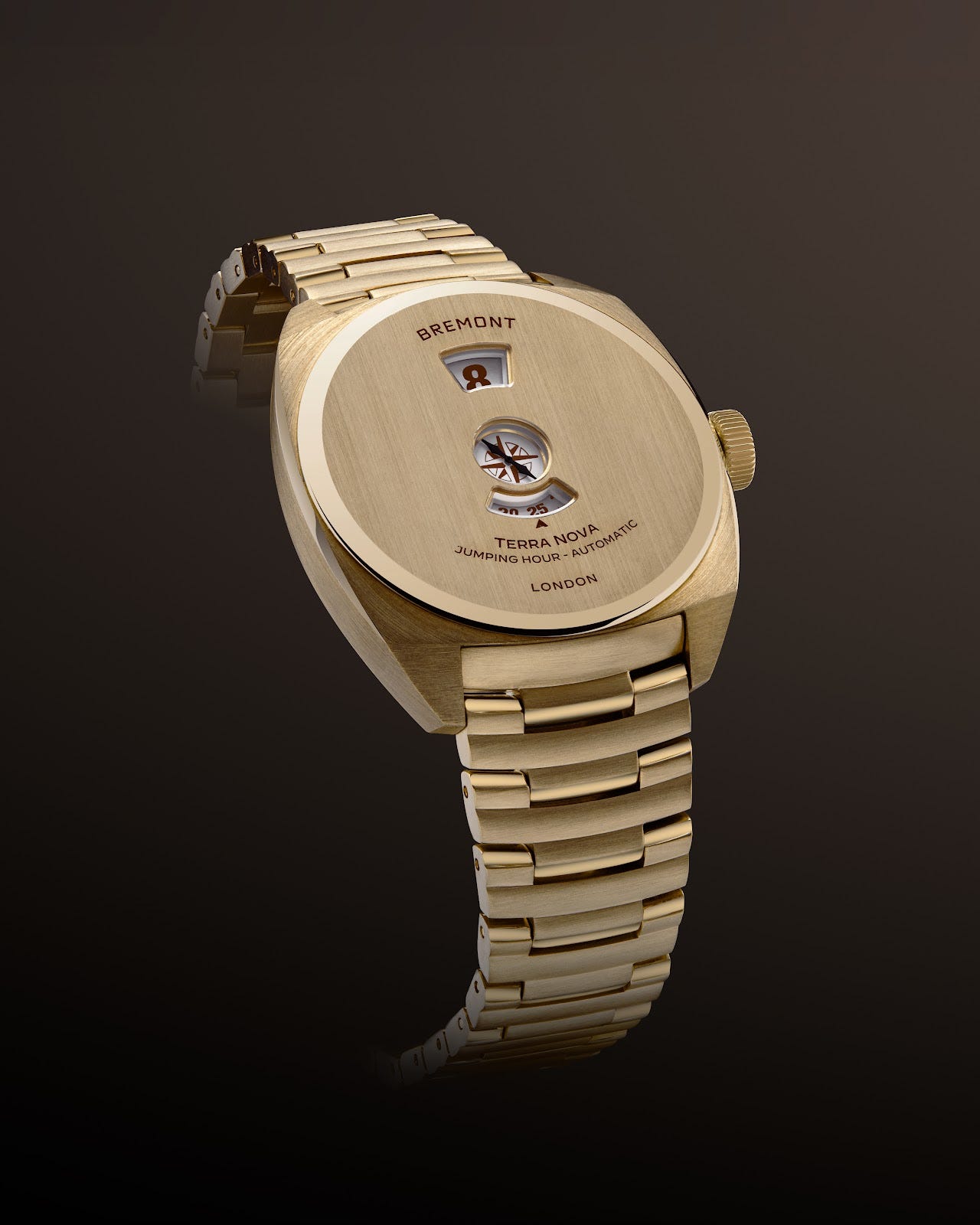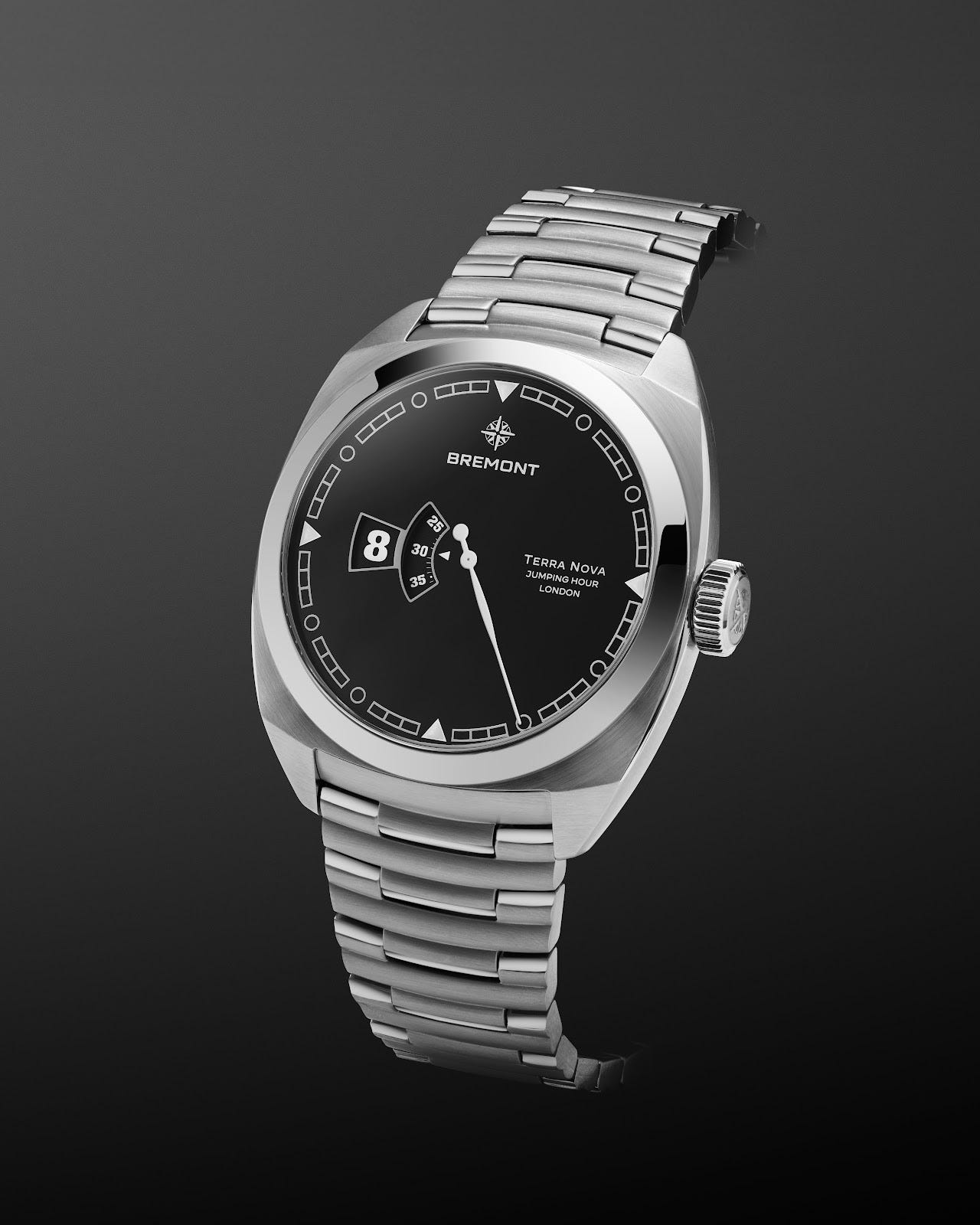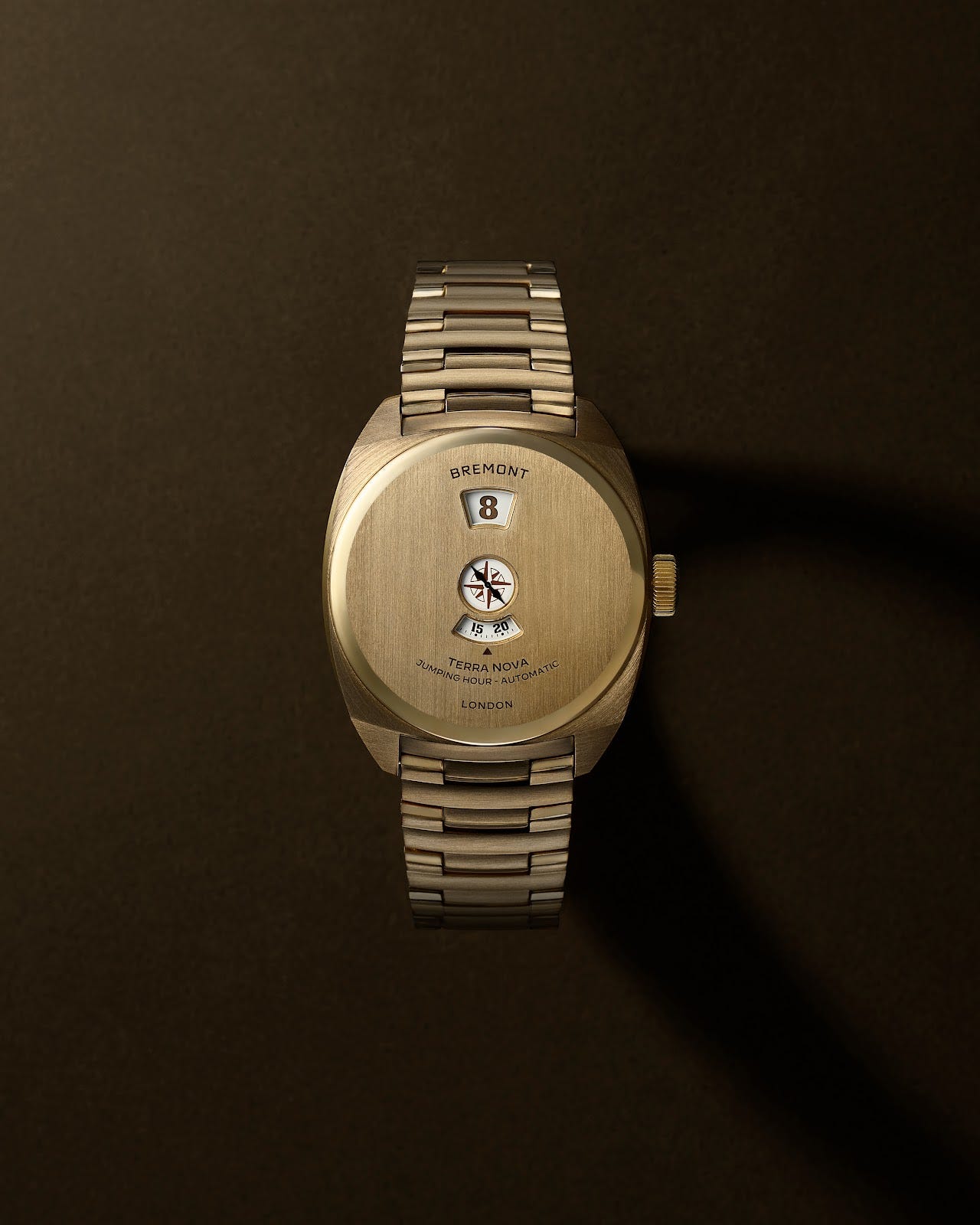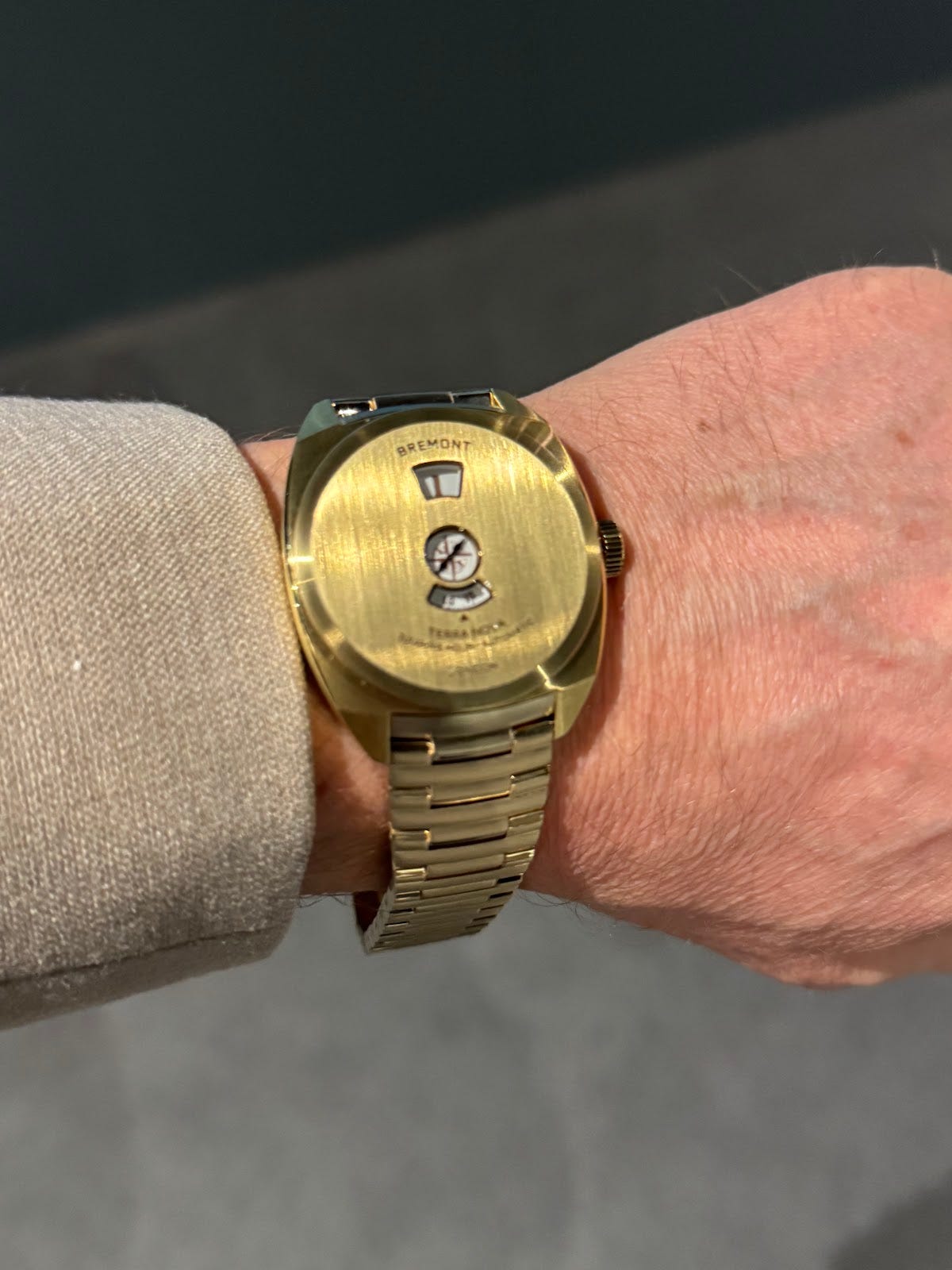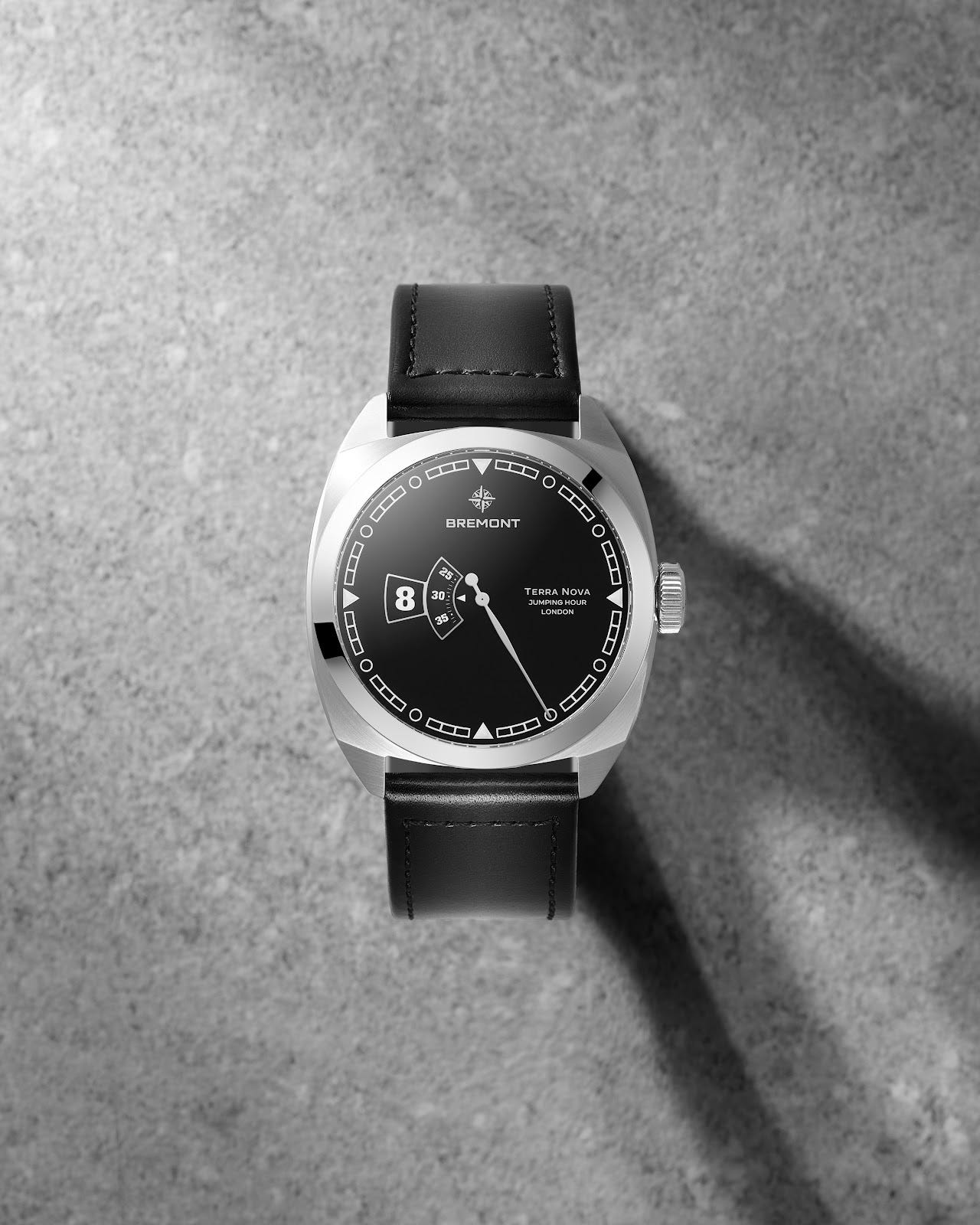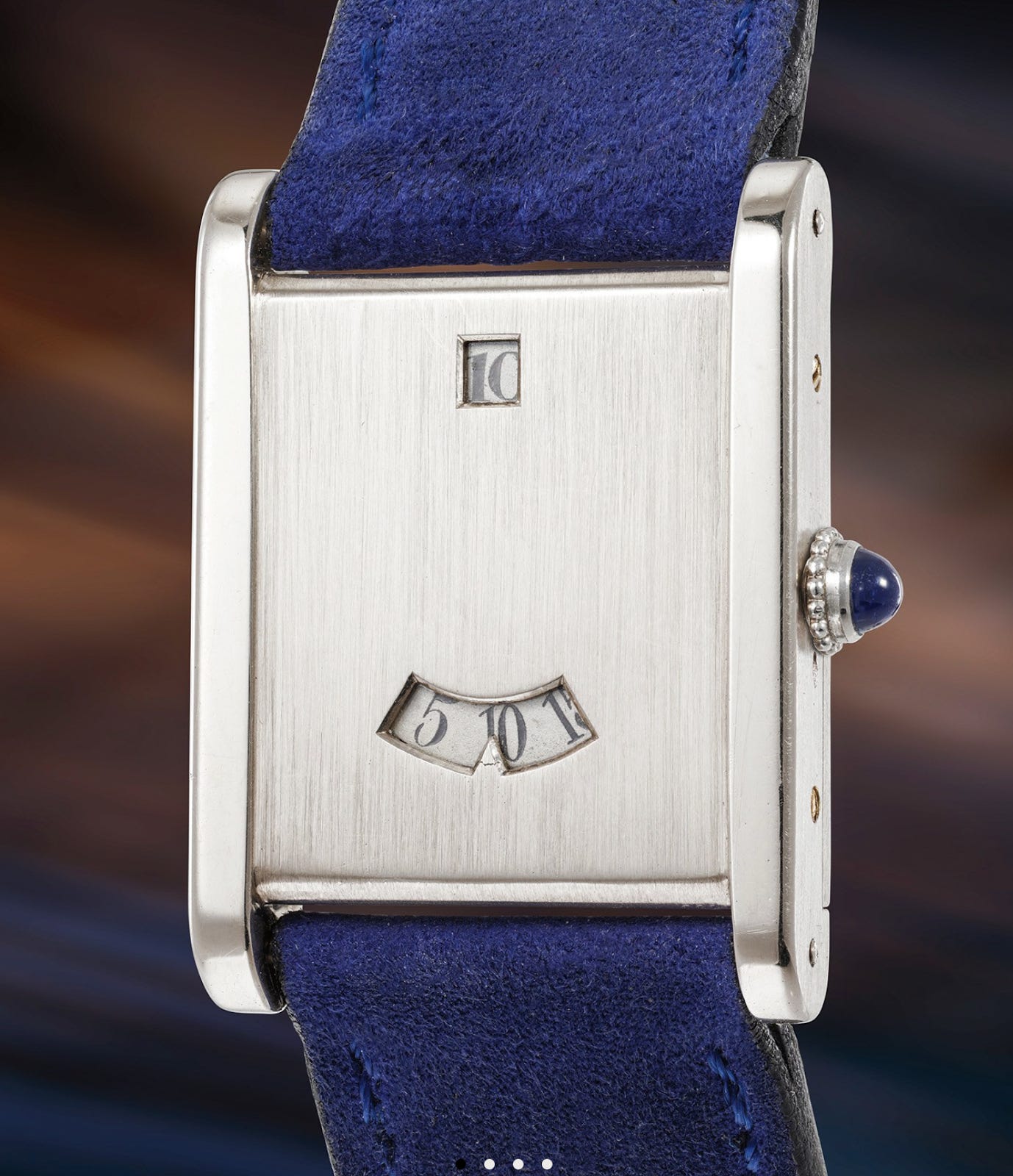In a daring fusion of Art Deco complication and expedition heritage, Bremont's Terra Nova Jumping Hour watches transform how adventurers interact with time, delivering mechanical sophistication in a rugged package designed for exploration's edge.
In the frost-bitten winter of 1912, Captain Robert Falcon Scott checked his pocket chronometer one final time before making a journal entry that would become his last. The Antarctic expedition had failed—Norwegian Roald Amundsen had reached the South Pole first, and Scott's party would never return home. Yet that timepiece, a critical tool for navigation and survival, continued its steady march forward, indifferent to human triumph or tragedy. It is this marriage of relentless precision with the unforgiving theater of exploration that Bremont channels in its Terra Nova Jumping Hour field watch collection, unveiled at Watches and Wonders 2025.
Founded in 2002, Bremont is driven by a determination to create the world's most capable tool watches. Crafted with precision, their timepieces embody the unwavering spirit of British pioneers who dared to explore the unknown. Unlike the Swiss conglomerates dominating luxury watchmaking, Bremont has remained fiercely independent, charting its own course focused on practical innovation rather than marketing-driven releases.
The company's commitment to British watchmaking culminated in the 2021 opening of "The Wing," their 35,000 sq. ft manufacturing facility in the Chiltern valley, two hours by train from London. This achievement is particularly significant in a country whose watchmaking industry had largely vanished during the quartz crisis.
At Bremont's core lies a fusion of British heritage, adventure storytelling, and engineering innovation. The brand epitomizes their mantra "Take It Further" through purposeful products expertly engineered for Air, Land, and Sea environments. When equipment must withstand harsh conditions, shortcuts cannot be taken—a philosophy that guides Bremont's material selection and manufacturing standards.
The Terra Nova collection, first introduced in 2024, presents a modern design inspired by military pocket watches of the early 20th century, with geometric cushion-shaped cases, low profiles, and shortened lugs. The Jumping Hour movement itself gained popularity during the Art Deco era of the 1920s-30s and remains sought-after by collectors for its precise timekeeping, clean readability, and mechanical sophistication.
The Terra Nova Jumping Hour collection bears the influence of current CEO Davide Cerrato, who notes: "I have always loved the Jumping Hour complication. It is quite rare and something of a connoisseur's complication. It is complex to realize but simple in its appearance. It mixes digital and analogue references which almost mirrors my own life's journey—mechanical at heart but digital in display."
At Watches and Wonders 2025, Bremont unveiled two innovative iterations within the Terra Nova collection, marking their first jumping hour complications. The 38mm Bronze model (limited to 100 pieces) features a vertically brushed cupro-aluminium case with three separate apertures arranged linearly for hours, minutes, and seconds. Its champagne-colored brushed dial frames these windows elegantly, while the central aperture displays the Bremont Wayfinder logo with a sweeping seconds hand, evoking a traditional compass that reinforces the brand's exploration ethos. The model directly references the "montre a guichet" style popular during the Art Deco period, similar to iconic designs like the Audemars Piguet Jumping Hour (1921)1 and the Cartier Tank à Guichets (1928)2.
The 40.5mm model presents a more contemporary approach in 904L steel with a black gloss dial. This variant positions both hour and minute windows at 9 o'clock, allowing natural left-to-right reading while maintaining the collection's distinctive cushion case design and signature minute track with luminous triangle markers.
The Bronze model, water-resistant to 30 meters, features three individual sapphire crystals covering its windows. Available with either a matching bronze bracelet or brown leather strap with cream box stitch, its proprietary alloy develops a controlled patina while maintaining excellent durability. The 904L steel version offers enhanced water resistance to 100 meters with a flat anti-reflective sapphire crystal. This corrosion-resistant steel—typically reserved for high-end luxury watches—provides superior resilience in extreme environments and comes with either a steel bracelet or black gradient leather strap.
Both models are powered by the new BC634 calibre, developed through an exclusive two-year partnership with Sellita. This high-performance automatic movement enables the hour disc to "jump" to the next numeral in less than 1/10 of a second when the minute hand completes its revolution. The specifications include 29 jewels, Glucydur balance wheel, Anachron balance spring, Nivaflex mainspring, 28,800bph (4Hz), and a 56-hour power reserve.
Bremont's decision to develop the BC634 calibre exclusively with Sellita reveals a pragmatic approach to complications while they continue building manufacturing capabilities at "The Wing." This partnership acknowledges that jumping hour mechanisms require specialized expertise inefficient to develop independently for limited production runs. By securing exclusivity for this calibre, Bremont charts a middle path balancing horological ambition with business reality. This strategy allows them to focus on strengths in case design and watch engineering while accessing Swiss expertise for specialized movements, positioning themselves distinctively between volume manufacturers using standard calibres and Swiss giants with fully in-house movements.
The Terra Nova collection boldly challenges conventional wisdom that field watches must prioritize simplicity above all else. By incorporating a jumping hour mechanism—historically associated with dress watches from the Art Deco era—Bremont suggests that modern tool watches can balance sophisticated mechanical artistry with utilitarian heritage. What makes this approach successful is how the jumping hour enhances rather than compromises the field watch ethos. The large windows and clean layouts improve at-a-glance reading, while the instantaneous hour change eliminates ambiguity—an evolution for consumers who demand both performance and sophistication.
For serious collectors, these watches offer a compelling alternative to established luxury brands—one with authentic heritage, distinctive British character, and genuine technical innovation. For adventure enthusiasts, they provide uncompromised quality with mechanical intrigue that elevates them above standard tool watches.
If you enjoyed this article, consider subscribing to receive more insights on independent watchmaking and horological culture.
About the Author
Sergio Galanti is a journalist specializing in independent watchmaking and mechanical horology.
The Audemars Piguet Jumping Hour (1921) is particularly significant as one of the earliest wristwatch implementations of the jumping hour complication. Developed during the transition from pocket watches to wristwatches, this model featured a perfectly circular aperture displaying the jumping hours on an otherwise clean dial. The minimalist aesthetic, with its emphasis on essential display elements and rejection of superfluous decoration, anticipated the core principles of Art Deco design that would flourish throughout the decade. Its creation at this pivotal moment positioned the jumping hour complication as a bridge between traditional watchmaking and modernist aesthetic principles.

The Cartier Tank à Guichets (1928) represents one of the most iconic Art Deco jumping hour designs in horological history. Commissioned by a maharaja, this distinctive timepiece featured a rectangular platinum case with two apertures on an otherwise blank dial—one for jumping hours and one for jumping minutes. Louis Cartier himself wore this model, cementing its status as both a technical achievement and a design milestone. The Tank à Guichets exemplified Art Deco's fascination with geometric purity and modern mechanical displays, establishing the "digital" time display as a legitimate luxury proposition during this period.



